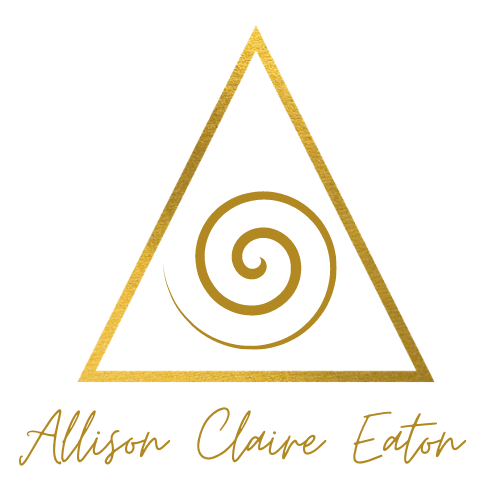10 Myths About Reiki: Debunking Popular Misconceptions
Reiki, a Japanese healing practice, has gained widespread popularity for its gentle approach to wellness and energy balancing. However, despite its growing acceptance, many misconceptions and myths still surround it, often causing confusion or doubt. This article addresses ten common myths about Reiki, clarifying what Reiki is and isn’t, and offering insight into its true possibilities and limitations.
Myth 1: Reiki is a Religious Practice
One of the most common misconceptions about Reiki is that it’s a religious practice tied to a specific faith. While Reiki originated in Japan and includes principles that encourage compassion and mindfulness, it is not a religious activity. Reiki does not require adherence to any religious beliefs or dogmas. Instead, it is a holistic wellness technique that focuses on universal life energy, which practitioners believe flows through all living things. Anyone, regardless of spiritual or religious background, can benefit from Reiki.
Myth 2: Reiki Can Cure Any Illness
While Reiki is known for its supportive effects on relaxation, stress reduction, and well-being, it is not a substitute for medical treatment. Reiki is a complementary therapy and does not cure diseases or eliminate medical conditions. Instead, it helps promote a state of balance in the body, which can support traditional treatments and enhance recovery. Practitioners always recommend using Reiki alongside conventional healthcare, not as a replacement.
Myth 3: Only Specially Gifted People Can Practice Reiki
Many believe that only individuals with a special "gift" or inherent healing power can practice Reiki. In reality, anyone can learn Reiki through training and attunement from a qualified Reiki Master. The practice does not require any supernatural abilities, just an openness to learning and a commitment to applying the techniques. Once trained, individuals can practice Reiki on themselves and others as they deepen their understanding and skill.
Myth 4: Reiki is Placebo Effect Only
Skeptics sometimes claim that Reiki’s effects are due to the placebo effect, where positive results occur simply because the recipient believes they will. While belief can influence outcomes, numerous people report experiencing tangible effects such as warmth, tingling, or deep relaxation during a session, often without any prior expectation. Some scientific studies suggest that Reiki may have physiological effects, such as reducing stress or lowering heart rate, though research is ongoing.
Myth 5: Reiki Works Instantly
Some people expect Reiki to deliver immediate results, which can lead to disappointment. Although some individuals do experience noticeable effects after a single session, Reiki is typically a gradual process. Like meditation or yoga, the benefits of Reiki often become more apparent over time with regular practice. Many people find that cumulative sessions lead to deeper relaxation, improved mood, and a greater sense of balance.
Myth 6: Reiki is Just “Hands-On” Healing
While Reiki practitioners often use hands-on or hands-above techniques, Reiki does not require physical touch to be effective. Practitioners can channel energy to the recipient without direct contact, and they are trained to respect each person’s comfort level. Additionally, Reiki can be practiced from a distance, known as distance healing, which is based on the belief that energy is not limited by physical space. This makes Reiki accessible to those who may prefer not to receive physical touch.
Myth 7: Reiki is for Physical Healing Only
Though Reiki is often associated with physical wellness, its benefits extend beyond the physical body. Reiki is a holistic practice that can positively impact emotional and mental health as well, helping to release stress, alleviate emotional blockages, and foster a sense of inner peace. Many people find that regular Reiki sessions improve their overall outlook and resilience, making it a useful tool for both physical and emotional self-care.
Myth 8: Reiki Is Dangerous or Risky
Some people worry that Reiki could have negative effects or interfere with other treatments. In truth, Reiki is a gentle, non-invasive practice that does not involve medication or manipulation of the body. There are no known side effects or risks associated with Reiki, as it works by encouraging natural balance and relaxation. However, Reiki practitioners always advise clients to follow medical guidance and view Reiki as a supportive rather than a standalone approach.
Myth 9: You Can Only Benefit from Reiki if You “Believe” in It
While being open to Reiki can enhance the experience, it is not necessary to “believe” in Reiki to benefit from it. Many people who are initially skeptical find that they experience relaxation and reduced stress regardless of their level of belief. Reiki focuses on channeling universal energy, and practitioners believe that this energy flows regardless of the recipient’s beliefs, making Reiki accessible to everyone.
Myth 10: Reiki Can Be Self-Taught
While there is value in learning about Reiki independently, it is not a practice that can be self-taught in its entirety. Reiki training requires guidance from a certified Reiki Master who performs an attunement, an energy transfer that enables the student to channel Reiki energy. Proper training also helps ensure that the student understands Reiki techniques, ethics, and safety practices. Without formal training, individuals may not fully grasp the subtleties of Reiki, limiting their ability to practice effectively.
Conclusion
Reiki’s popularity continues to grow, yet misconceptions persist. By debunking these myths, we can better understand Reiki’s true nature as a complementary wellness practice that supports relaxation, balance, and holistic health. While Reiki has its limitations, it offers a gentle, accessible way for individuals to nurture their well-being alongside conventional care. For those interested, exploring Reiki with an open mind may reveal a valuable tool for achieving greater harmony in mind, body, and spirit.

